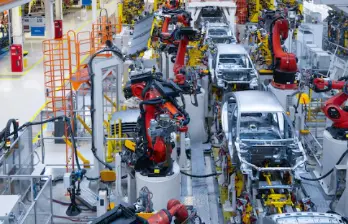- Home
- Our Solution
-
Market Insights
- Market Insights
- News
- Press Release
- Infographics
- Articles
- White Paper
- Case Studies
- Business Case Studies
- Newsletter
-
Our Company
- Our Company
- About Us
- Company News Room
- Investor Relations
- Careers
- Contact


